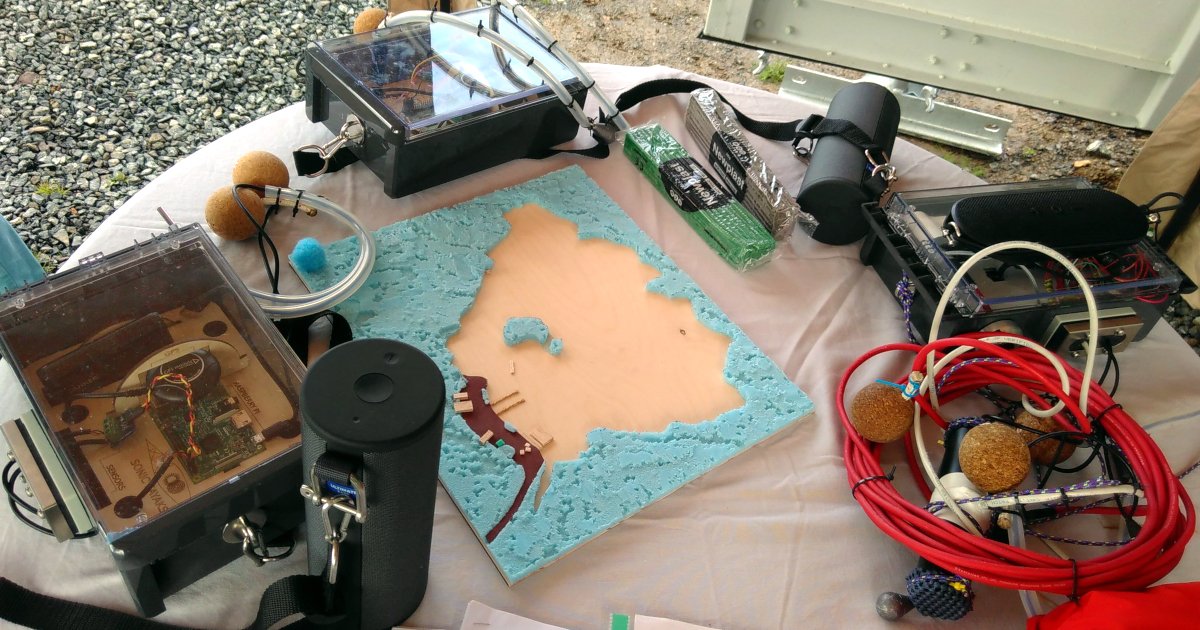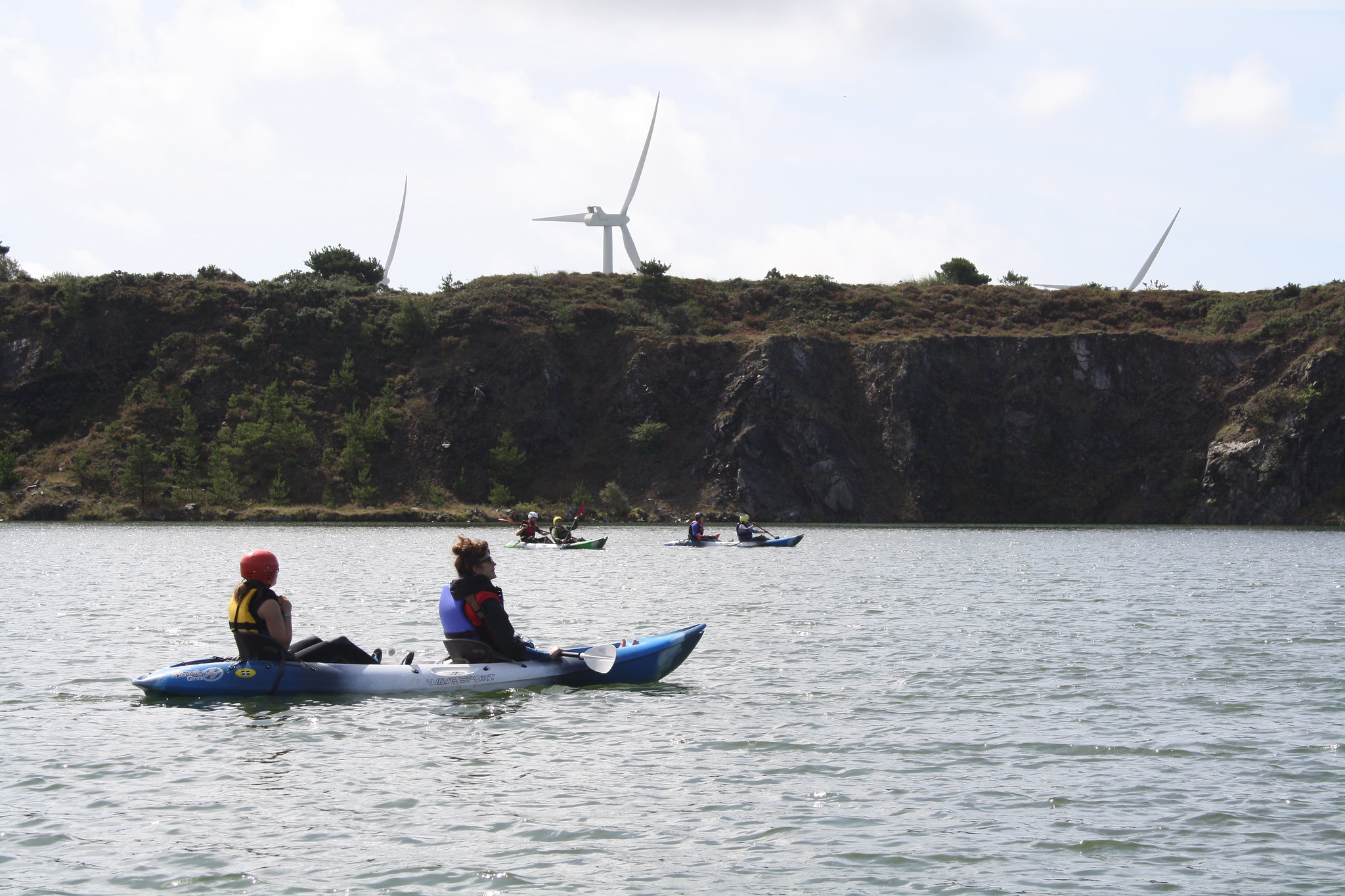Sonic Kayak development (2019)
This research was initiated through a Sonic Kayak Sound Mapping Workshop with Foam-Kernow, vision diverse paddlers, inclusive outdoor adventure club Access Lizard Adventure, underwater noise researcher Dr Jo Garret and GPS researcher James Duffy at Trevassack Lake, Cornwall 29.08.19.

The workshop’s aim was to explore the possibility of using the Sonic Kayak as a navigational instrument so enabling inclusive independent kayaking, but we also saw the opportunity as an ideal moment to revisit sound composition and mapping possibilities through re-engaging with listening whilst moving in nature on the surface of a quiet lake.
This worksshop explores coding a new GPS unit that uses position data from Galileo – the new European satellites, GLONASS – the Russian satellites and the familiar US satellite system – GPS. With all our GPS related Sonic Bike learnings that have occurred over the years, we are particularly interested in the potential for increased reliability we hope this system will provide as well as a potential future addition of an air pollution sensor to the Sensory Bike.
There are five participants plus partners, portable toilets at vast expense, an empty container we’ve filled with our gear, world champion sea kayaker Claire Eatock and Matt from Access Lizard, Kat Roberts on off-grid catering and directors behind the entire project Amber Griffiths and Dave Griffiths of FoAm plus … the sun shines. Apart from the addition of the more sensitive GPS thanks to James Duffy’s work, we also have a tactile map made with foam and plasticine on a thin board enabling the participants to understand the lake through touch rather than vision. There’s a new kind of descriptive explanation to do of the kit therefore before we can get kitted up and go on the water.
Dave has already mapped some warning sounds around the lake’s periphery and its central island, so the two sonic kayaks head off to test where these zones are and to assess if they are in useful positions or not, and Jo and I follow in an unpimped one to record results. Very quickly, bleeping sounds are parping across the lake from one kayak and not from the other, then from the other and not the one. We follow then hover and wait and very quickly I am remembering what sonic kayaking is all about. The simple experience of sitting on the surface of water with all its movement, the sound and the feel of the calm and the acoustic of the space, especially when we just float is profound. The senses are heightened, the addition of human generated audio needs to be minimal.
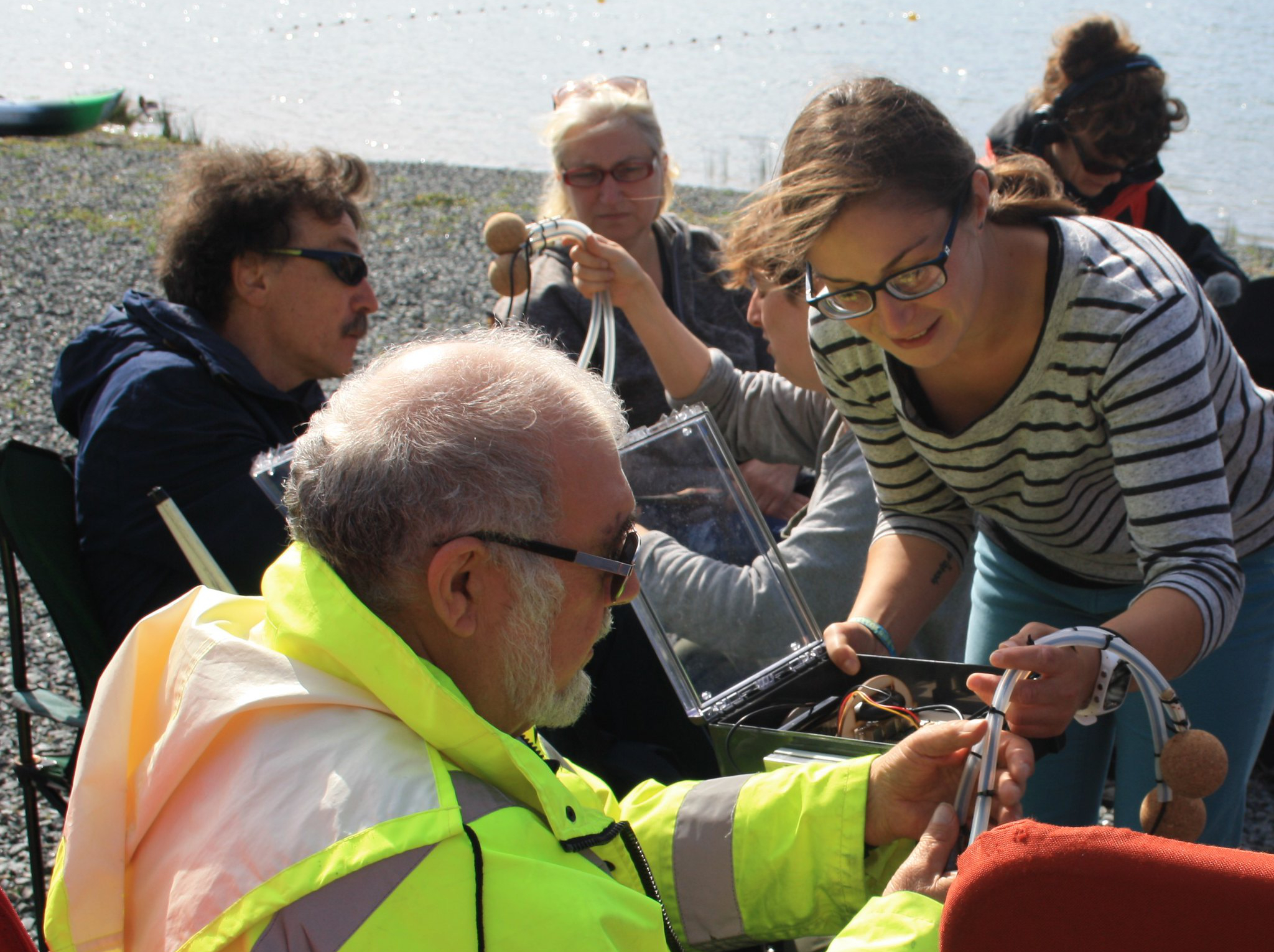
Back on dry land we share experiences and discover that performance of the GPS triggered sound was pretty erratic, that the warning sounds need not alarm, they just need to be clear. Also they do not need to loop or be placed so far from the edge of the lake. We need some water space. We also discover that several of our participants are not necessarily looking to kayak alone, that the joy of kayaking in itself is enough, so that the aim for sonic kayak as navigation tool need not be our sole purpose. We further discuss our listening experiences and gather ideas as to where and how to map sounds that are not merely guiding tools. Can we create a combination of navigational help with delicious sonic discovery ? As if you’re moving unseeing through an art gallery where audio sculptures emerge and disappear as you go? With this in mind, aided by Kat’s awesome catering, we make and map new sounds around the lake. Sonic kayaks head off to test but return with the news that sounds were getting stuck or not playing at all. On examination we discover that the GPS system seems to have crashed/flipped to its factory version on both boats.
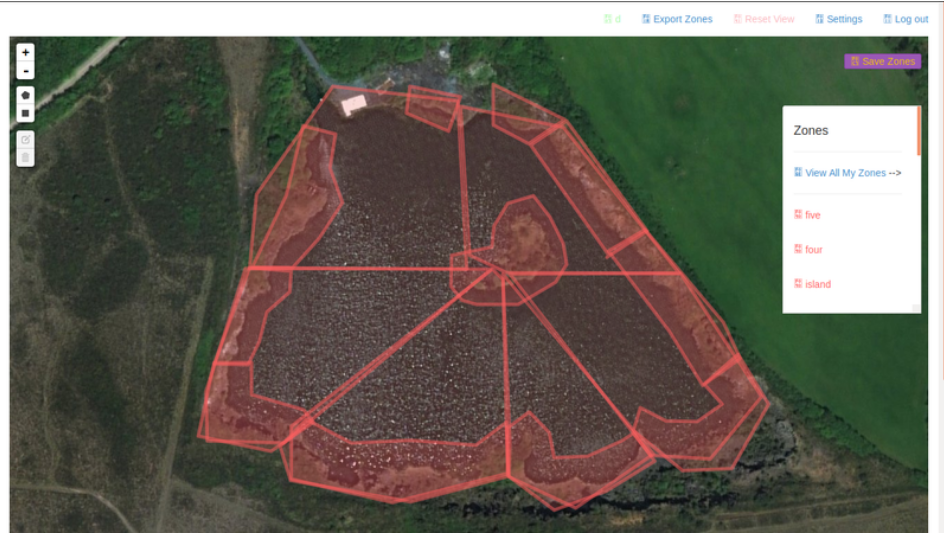
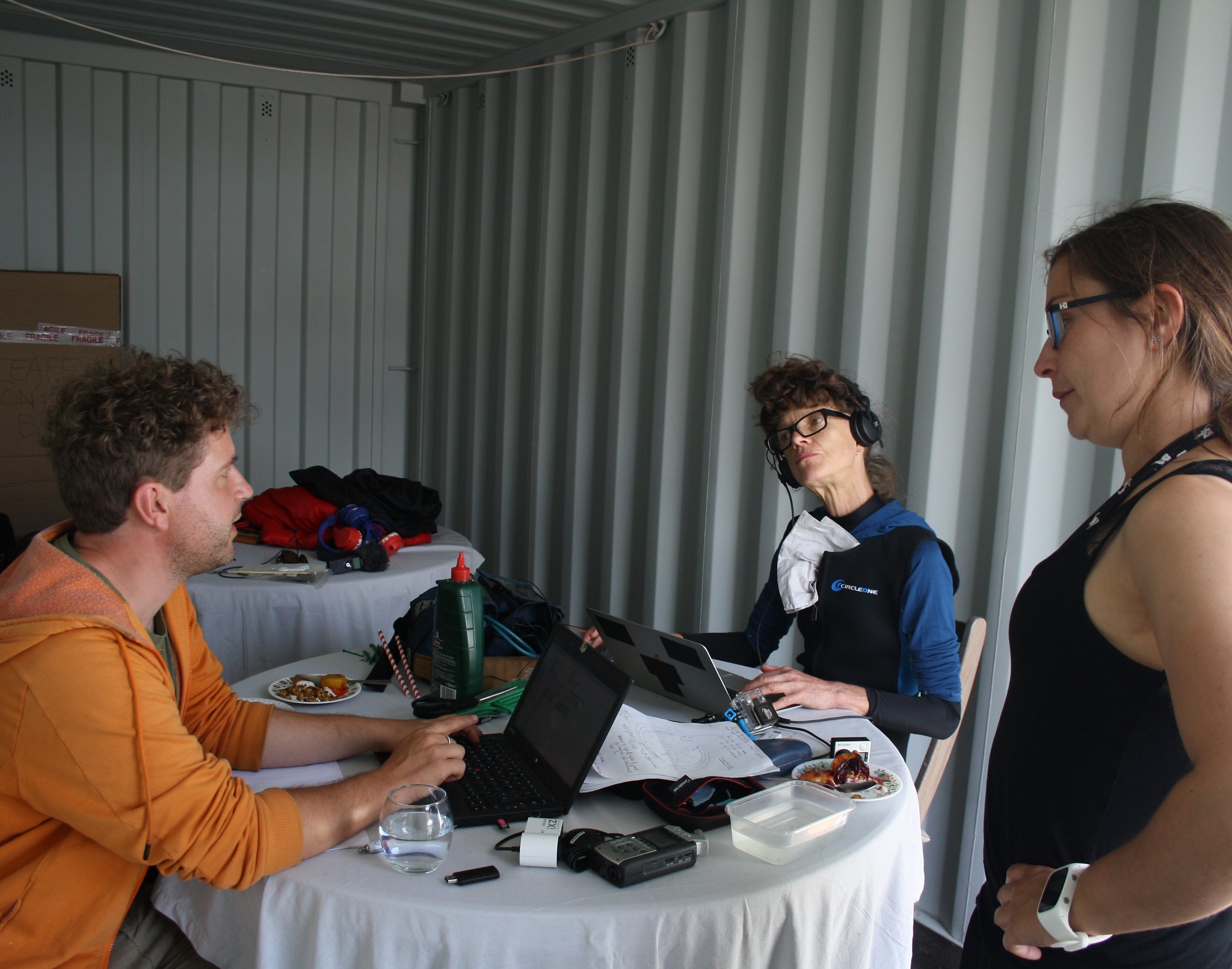
Various theories emerge as to why including the presence of a nearby military base which would scramble GPS data for their own activities, but our phone GPS’s are working so Dave and James are resolved to take this back to the Lab. The day is also closing and we gasp as we’ve only just begun. Fortunately two more sessions are planned in October with Access Lizard and some of the participants. The plan is to make two sonic maps. One aimed at navigation (perhaps clock-based around the lake) as in the pink map above, and another that is a composition of sounds and music with no navigation or safety aims. Ultimately we could be making a combination of the two.
For notes on the day from FoAM-Kernow, read here.
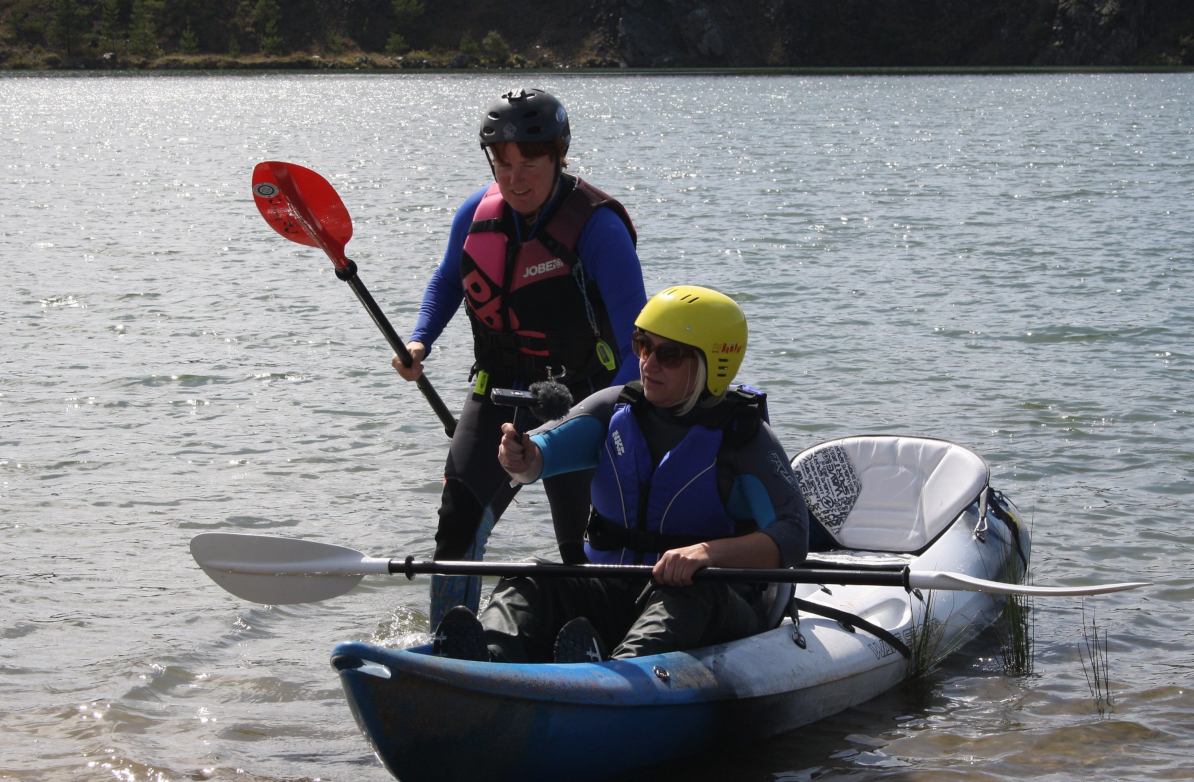
Sensor Development
The Sonic Kayak research has been ongoing since 2016 and is currently also exploring the addition of new sensors to measure water turbidity and air pollution. Notes on the addition of these sensors can be followed on the FoAM-Kernow website, and in the journal paper ‘Sonic Kayaks: Environmental monitoring and experimental music by citizens‘ in PLOS Biology.
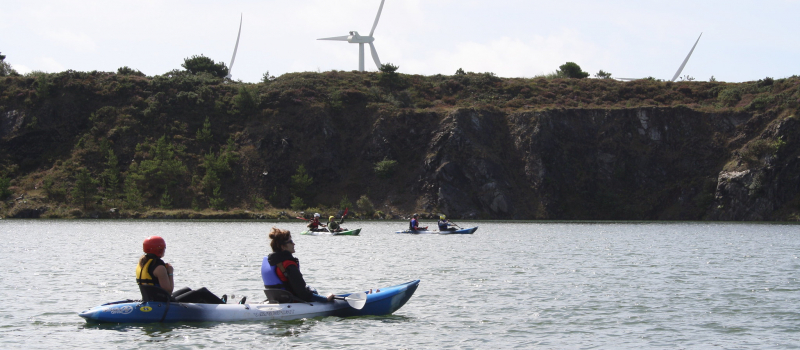
Images: Amber Griffiths

